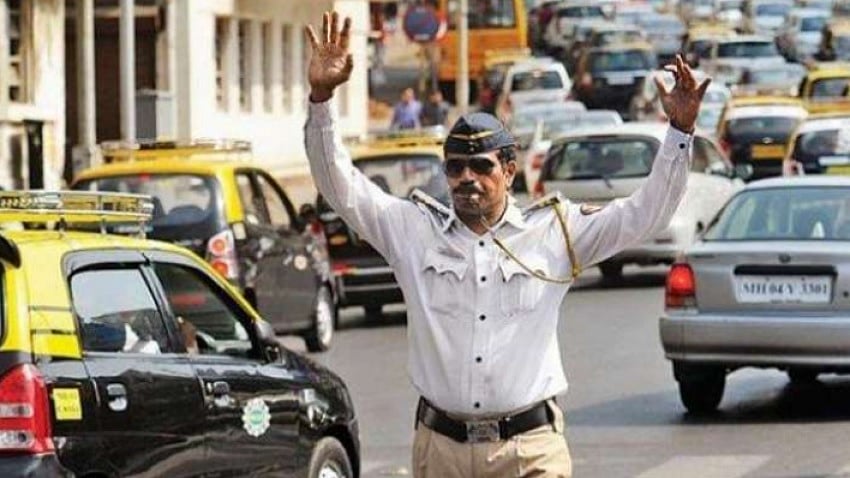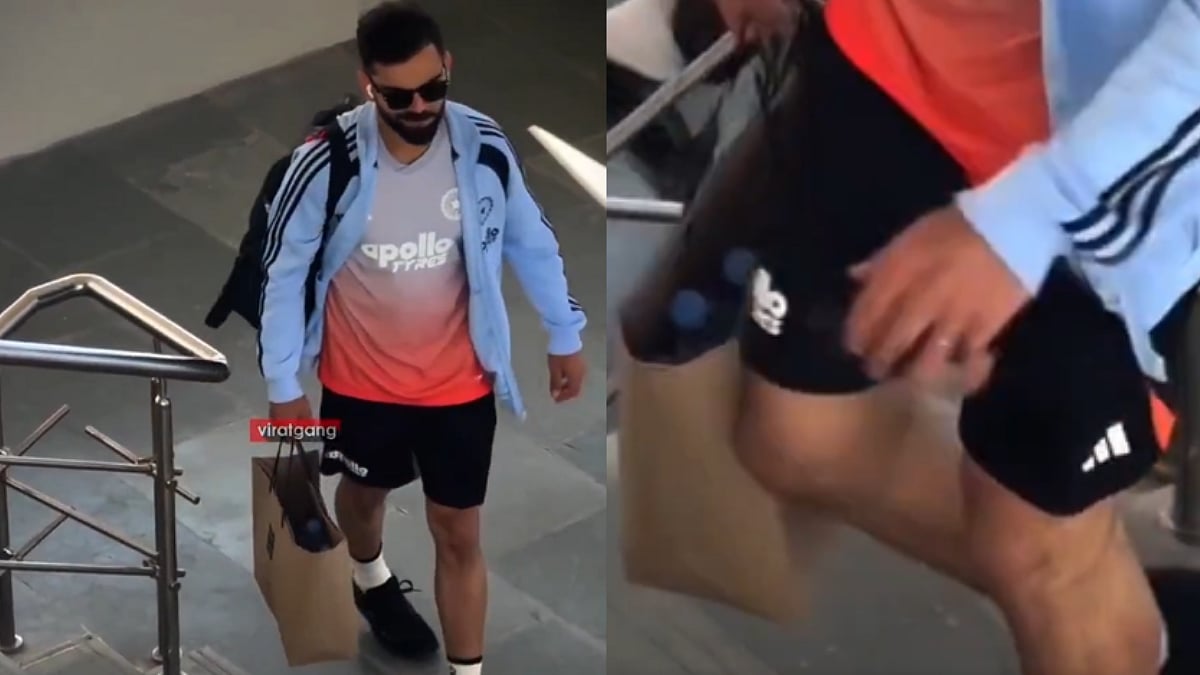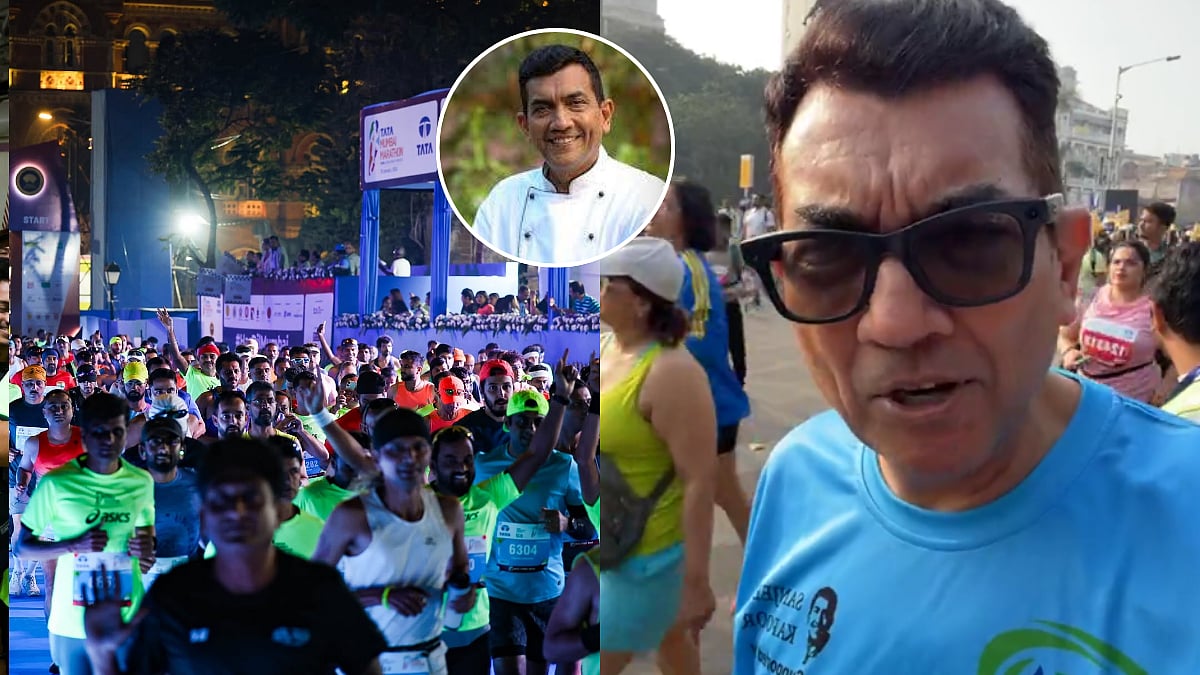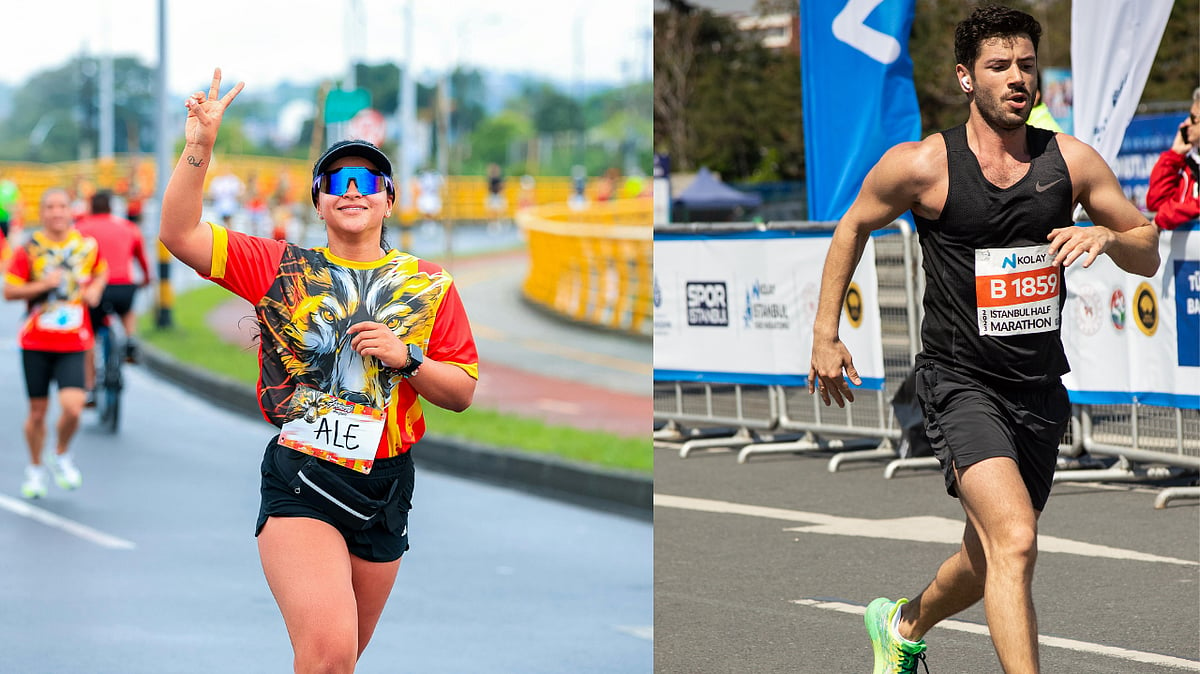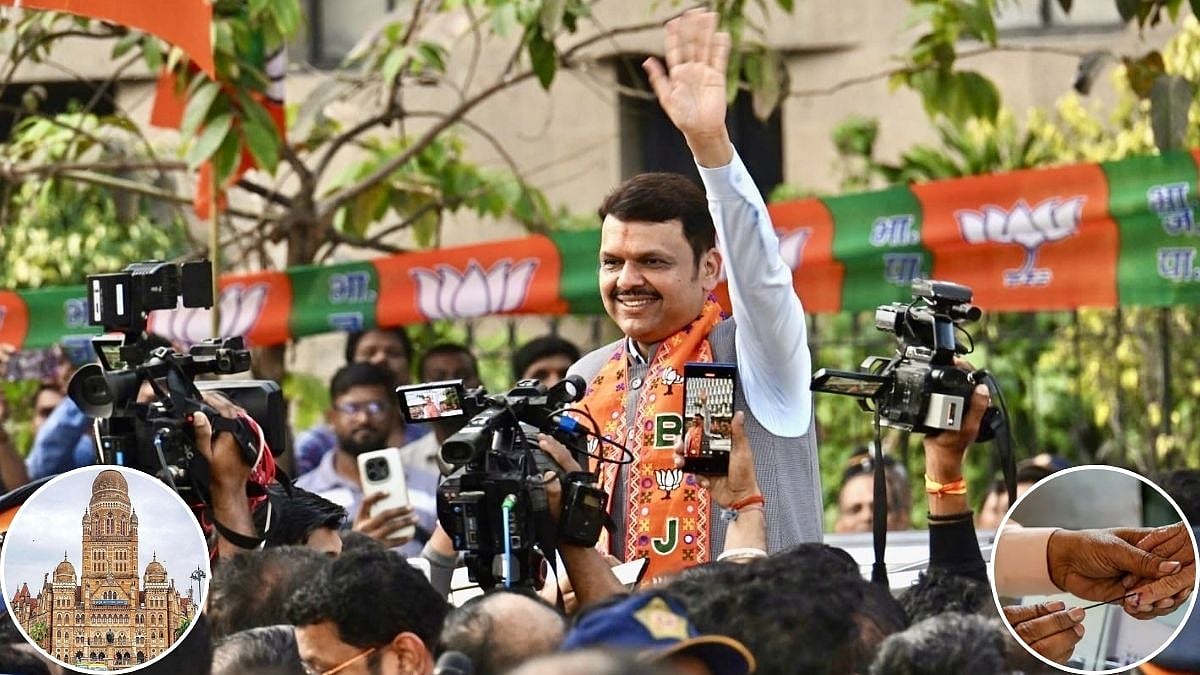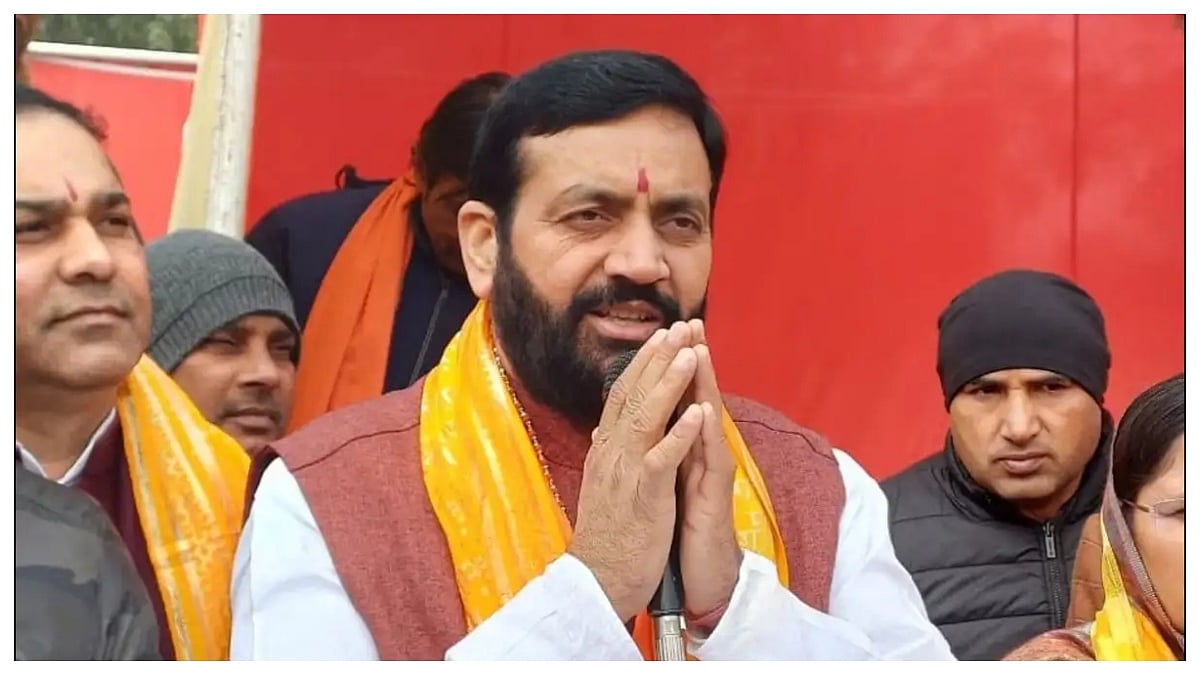While no one is advocating that enraged motorists beat up cops, last week’s incident in Mumbai, where a woman slapped a traffic police constable is a wake-up call not only for traffic police but also for traffic planners.
It shows the rising road rage, the worsening traffic situation, poor supervision by traffic police, the widening police-public rift, whichever way one would like to see it.
At the root of it all is the exponential rise in the number of vehicles on the street; Mumbai has 38 lakh vehicles and is India’s most car-congested city, with 500 cars per kilometre. On the other hand, it has just 4,000 men and officers in the traffic police branch.
Where the traffic cops are to be blamed is for not taking a holistic view of the situation. Policing on the ground is sloppy and the top cops have an ostrich-like attitude to traffic management.
Kalbadevi, where the cop was slapped, is a trading hub in South Mumbai, where traffic crawls from morning to night. The woman was on the pillion with a male rider when they were stopped, as neither of them had helmets. Before long, the 29-year-old woman was holding the middle-aged constable by the collar and slapping him repeatedly, accusing him of abusing her. The cop did not even try to free himself.
Now, what is more important in Kalbadevi, enforcing the helmet rule or enforcing the no-parking rule? Its narrow streets are congested because of illegally parked vehicles and delivery vans loading and unloading goods.
The woman is now in the police lock-up while the constable was felicitated not just by his ACP but also by Police Commissioner Parambir Singh, who rewarded him with Rs 10,000 and gave him a certificate. But the situation calls for serious thought, rather than token gestures.
Over the years, the image of the Mumbai traffic cop has taken a beating. Pertinently, no bystander at Kalbadevi intervened to save the cop.
Up to the 80s, the smartest sub-inspectors, fluent in English, were posted in the traffic branch. Friendly but firm, tough-talking as well as tactful, they were the public face of Mumbai Police.
It would not be out of place here to narrate an anecdote from my early days in journalism. The year must have been 1985. One morning, a traffic police inspector chased down a motorist who had jumped a signal, not far from Kalbadevi. The offender turned out to be a well-known political analyst, an assistant-editor with The Times of India. Instead of owning up to his mistake, the senior journalist threatened to use his Delhi contacts to fix the cop. However, the tables were turned on him when the cop fed the news to a local tabloid, which gleefully front-paged it!
Even in those days, the image of the traffic hawaldar was dismal. Today, it would cause a furore but one of Shiamak Davar’s dance numbers in the popular revue, Bottoms Up, had a chorus line dressed like traffic hawaldars, dancing to 'Hafta! Nikalo hafta..'
The hawaldars have done themselves no good. Not content with fleecing offenders at traffic signals, they jump out of bushes, lie in wait at confusing turns, like a spider in its web, and are no better than highwaymen on the highways. But when they see bystanders record their antics, all hell breaks loose.
They don’t spare their own; Mumbai’s whistle-blower cop Sunil Toke was victimised by his colleagues as well as his seniors, after he released a bribe rate card of the traffic police. The 'hafta' to allow overloading by trucks was Rs 3,000 to Rs 4,000.
On the flip side, traffic cops are the first to help accident victims. In times of flooding, they are the only ones manning the streets, well past midnight. They are exposed directly to toxic exhaust fumes all day long.
No one cares for these foot soldiers. Cops at busy junctions should get oxygen cylinders to clear their lungs and masseurs for their tired feet. Their bosses, at least in Mumbai, are more interested in gobbling up land meant for housing constables and in facilitating skyscrapers by reducing the road width or space for a bus depot.
Much of the hostility faced by traffic cops has little to do with them; it is a result of bad planning, or rather lack of planning, by their seniors who rarely stir out of their air-conditioned cabins.
Mumbai’s already narrow roads are halved due to construction for metro lines. Yet, parking is tolerated on them, resulting in arterial roads being reduced to just one lane even in peak hours. Highways too have bottlenecks; the five-km stretch from Borivli to Kandivli on the Western Express Highway takes half-an-hour to traverse in the afternoon! Are the CCTV cameras at such spots being monitored?
Traffic jams at tollnakas often stretch up to half-a-kilometre or beyond. At such times, the rulebook says that vehicles should be allowed to pass without paying toll, so that the jam is cleared. This rule is rarely enforced.
Trucks have a free pass. They don’t need tail-lights, they can tilt with weight, they can park anywhere, they can spew black smoke, they can even ply during the peak hours.
Not many know of the rule that trucks, buses and heavy vehicles must keep to the left because it is never enforced. Only now, after the Kalbadevi slap, has the Mumbai traffic police booked over 314 heavy vehicles for driving during peak hours and parking in no-entry zones.
The larger issue though, is how to decongest the roads by taking private cars off the roads. This can happen only with improved public transport and policies to discourage cars in busy places by imposing a congestion tax, encouraging carpooling, dedicated bus lanes (BRTS) etc. Maybe congested areas with narrow lanes such as Kalbadevi, could be made traffic-free zones.
The reality is that public transport is nobody’s baby. Yes, but from time to time, mantris and babus visit choice cities around the world to study public transport and traffic management systems. The famous BEST bus service of Mumbai was being throttled, till citizens led by Vidyadhar Date, a former assistant editor with The Times of India, rallied to rescue it.
No thought has been given to parking at hospitals, courts, tourist places etc whereas malls and multiplexes never seem to run out of parking. Even Mumbai’s business districts, Nariman Point, BKC and Mindspace, lack parking.
Coming back to the central issue: why is our traffic police in the stone age? Where are all the funds for the Smart City project going? Cameras are installed with great fanfare but are soon rendered useless because the vendors are not paid. And, what is the status of Mumbai’s Intelligent Traffic Management System sanctioned by the Fadnavis government last year at a cost of Rs 900 crore?
Stung by the slap, Mumbai traffic police have launched 'Operation All Out', ordering all cops to fan out in their jurisdictions and issue challans on a zero-tolerance basis, especially in parking cases. The proof of the pudding will be in Kalbadevi itself. Hope the cops also look for drunk drivers in the right places – outside bars.
Rising incidents of road rage, often targeting traffic cops, have led to cities across India looking for solutions. The solutions are staring them in the face. Kanpur plans to streamline parking in market places, Amritsar is remodelling 22 junctions and it has dawned on Indore that traffic jams are due to parking on public places and wrong-side driving.
Motorists too need to respect the rules and observe etiquette. Why complain when the new normal is lane cutting, driving on the wrong side, riding two-wheelers on pavements, kerb parking, needless honking and stopping on the zebra crossing.
Traffic congestion in cities is an age-old problem. Those in charge have to come up with solutions. Ancient Rome had such severe jams that Julius Caesar himself had to devise a traffic plan.
The writer is an independent journalist based in Mumbai.
